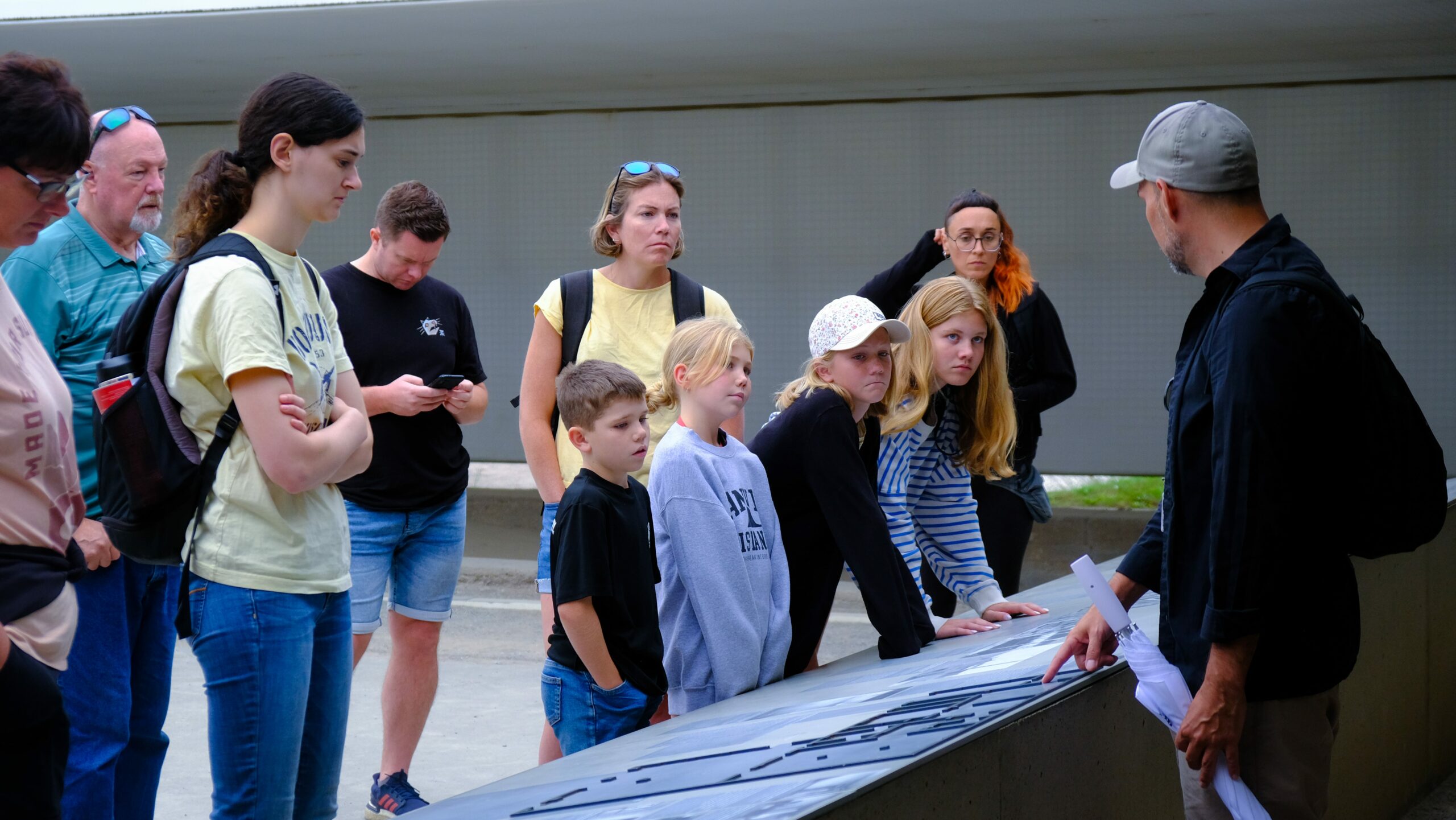Berlin belongs to the East-West division in history because both sides formed an integral part of its cultural composition. Berlin visitors need to learn about neighborhood locations in addition to their historical value to properly explore the city. Berlin’s Mitte neighborhood maintains an important historical relevance because of its exceptional location. The following text examines whether Mitte lies in Eastern or Western Berlin territory.
Understanding Berlin’s Historical Division
The end of World War II brought a permanent partition of Berlin’s territory which became known as East Berlin and West Berlin. Two separate German territories arose from the wide gap that formed between the communist Soviet East Germany and the democratic West Germany. The Berlin Wall functioned as a physical border between East Berlin and West Berlin between its construction in 1961 through the year 1989.
Mitte – A Neighborhood With a Significant Past
Berlin’s central district known as Mitte stands as its central area. The area has accumulated significant historical events which were crucial during the tension between communist and capitalist powers. The pre-divided Berlin identified Mitte as its historic center as well as its political and economical backbone.
Mitte in East Berlin
During the Cold War period East Berlin controlled the majority of the Mitte district. The Soviet occupation established this city area as its control zone while enforcing communist principles or ideology. East Berlin was cut off from West Berlin by the Berlin Wall which turned southern Mitte into an area of separation between the two sides.
The Soviet government implemented substantial changes over East Berlin territory where Mitte existed. During the Soviet rule period numerous historical buildings were removed from existence and socialist architecture with large dimensions occupied their sites. All top government offices together with military bases and significant landmarks including the Brandenburg Gate and Berlin TV Tower were situated within Mitte.
Mitte After the Reunification
The united Germany chose Berlin to become its capital shortly after the peaceful revolution and Berlin Wall collapse in 1989. The resumption of Berlin’s united status produced major transformations within Mitte district together with the entire metropolitan area.
Development in Mitte
After the reunification Mitte received major focus from investors who funded redevelopment throughout the district. Extensive development projects alongside rebuilds became the primary focus for this particular area. 许多历史建筑/buildings received authentic restoration while empty spaces got converted into modern functional uses.
East and West Convergence
The reunification ended the separation that existed between East and West Berlin. Since the reunification of Berlin Mitte maintains a central district status within the unified city proper despite its historical East Berlin background. The city has transcended both political and geographical borders which existed in the period of Cold War division.
Exploring Mitte Today
Today the area of Mitte maintains its liveliness as it draws a wide range of residents and visitors throughout the year. Travelers can find some prominent attractions throughout Mitte District which deserve their attention.
- The Brandenburg Gate functions as both a reunion symbol of Berlin and a historical component that represents German history.
- Museum Island exists as a protected UNESCO World Heritage Site because it contains multiple prestigious museums showing artwork along with archaeological artifacts and historical memorabilia.
- The large public square of Alexanderplatz brings people together with its surrounding shops restaurants along with entertainment fixtures. Visitors can see the entire city skyline from the Berlin TV Tower position on Alexanderplatz.
The dining area of Mitte features a lively restaurant and cafe and bar district with options for every type of food preference. The hidden treasures in Mitte become accessible to visitors through wandering down the narrow side streets and small alleyways in the district.
In Summary
Mitte still holds its original position as an eastern Berlin location yet functions as a central district of Berlin after its reunification. Following German reunification major changes emerged while the former geographical and political boundaries disappeared completely. Today Mitte serves Berlin by preserving its historical records while presenting a lively combination of cultural and urban experiences to those who visit the city.
Table of Contents

